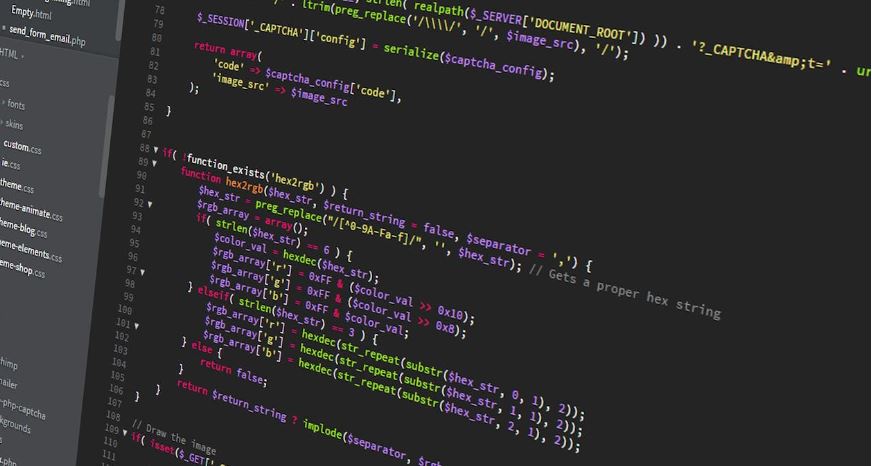Empower Kids Through Coding Education
Coding for Kids: The Benefits, Types of Languages, How to Get Started and Important Considerations
Coding for kids is becoming increasingly popular as it is seen as a way to introduce children to programming and technology. It can help develop problem-solving skills, creativity, and collaboration amongst peers, as well as provide numerous educational benefits. This article will explore the benefits of coding for kids, the types of coding languages, how to get started, and important considerations to make when teaching kids to code.
Benefits of Coding for Kids
Coding can provide many benefits to children. Learning how to code can help kids develop problem-solving skills, which are essential for success in today’s world. It requires logical thinking and encourages creative solutions to problems. Moreover, it teaches children how to break down complex tasks into smaller parts that are easier to manage, which is a skill that will be beneficial throughout their school career and beyond. Parents and educators looking for coding resources for children need to look no further than the website provided at https://www.sgcodecampus.com/youth-programmes/basics/.
Coding also helps build confidence in children by giving them an opportunity to create something from scratch, whether it be designing an animation or game on their computer screen or programming robots with basic commands. The freedom to explore different ideas without fear of failure can help boost self-esteem and encourage children to take risks while exploring new concepts in other areas such as math or science.
Coding can also open up new career paths for kids who may not have considered pursuing jobs related to technology before discovering their passion for it through coding activities. This could lead them down roads they may never have considered before and create a path for them in the ever-growing tech industry.
Types of Coding Languages
Programming languages are the building blocks of modern technology. They are used to create and power almost everything in today’s digital world. These programming languages come in a variety of forms and serve different purposes, so it’s important to understand the various types available before starting your coding journey.
The first type of coding language is a scripting language. Scripting languages are used for automating tasks and can be written quickly because they don’t require a lot of code syntax or structure. Examples include JavaScript, Python, PHP, Ruby, Perl, and Bash/Shell Scripting. They are often used for web development and for creating dynamic websites with interactive content.

The second type is object-oriented programming (OOP) language which enables developers to create software applications using classes and objects instead of large blocks of code by breaking them down into smaller components that interact with each other as needed. Examples include Java, C#, Objective-C/Swift (for iOS), C++, and Visual Basic .NET (VB . NET). Oops, can be used for developing software applications such as video games or desktop applications like iTunes or Adobe Photoshop CS6 (Creative Suite 6).
The third type is a functional programming language which uses mathematical functions to create software. Examples include Lisp, Haskell, Scala, and Erlang. Functional programming languages are often used for developing complex systems like artificial intelligence, scientific simulations, and data analysis tools.





